If you’ve ever shopped for fruit, you know the struggle of working out if a piece is ripe. If it’s too hard or not sweet enough, you may need to wait until later in the day – or even leave it behind. After all, no one wants to bite into a bitter disappointment! So how can you be sure your chosen fruits are perfectly ripe and ready for eating? Let us take the guesswork out of shopping for fresh produce with our helpful guide on telling if your fruit is ripe and ready for consumption!
Contents
The Process Of Ripening
Understanding what makes a fruit ripe can be the difference between getting a sweet or sour snack. Ripe means that the fruit has achieved full maturity, characterized by softness and color, among other visual indications. Most notably, the ripening process involves a gas called ethylene produced naturally by the fruit to help it reach its ideal stage of maturity.
This gaseous substance acts as a trigger that affects several key factors, such as sweetness and texture, that characterize ripe fruit. The presence of ethylene in higher concentrations accelerates ripening, so keeping fruits away from other produce until it’s ready will help preserve their flavor for longer.
Bananas
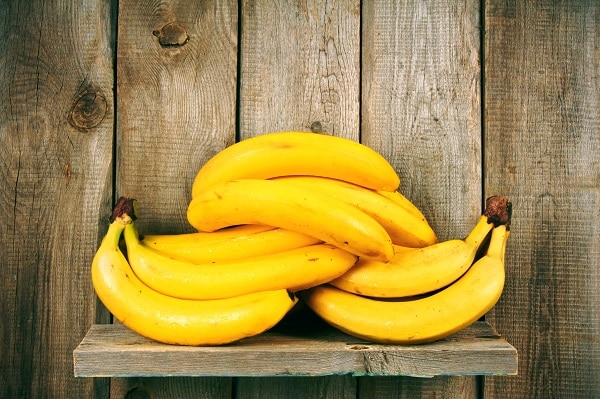
Knowing when a banana is ripe can be tricky, especially if you are a novice in the kitchen. Fortunately, there are various indicators to look for that will help you decide if your banana is ready to eat or not. First and foremost, it’s important to pay attention to the color of the banana skin – yellower = riper. Overly green bananas may still taste sweet but may be slightly grainy in texture due to starch that hasn’t fully converted into sugar.
Smelling the stem end of the banana is another telltale sign – if your nose detects a faint fruity aroma, then your banana should be good to go! Finally, give the skin a gentle squeeze; if it yields easily with a little pressure, it has been ripened perfectly. Following these steps will help ensure you enjoy ripe and delicious bananas every time!
Pears

Identifying a ripe pear can be the difference between biting into an exquisitely sweet and flavorful treat, or experiencing a disappointing taste of underripe fruit. Pears are unique compared to other fruits in that they continue to ripen even after being picked, meaning you have control over the ripeness of the pear simply by waiting. A fully mature pear will be slightly soft, with no green visible on its skin. If properly handled, it should have some visible freckles and light patches, which signify its sugars coming through.
Additionally, when ripe, the aroma of a pear should be sweet; gently squeezing the pear should release more of this fruity fragrance. To ensure maximum flavor and sweetness, look for pears that give slightly under gentle pressure and let them sit for two or three days before eating for peak ripeness.
Avocado

Knowing if an avocado is ripe can make all the difference when making guacamole or avocado toast. If it’s too hard, you’ll get a bland texture; if it’s too soft, you risk mushiness. Fortunately, there are easy ways to determine whether your avocado is perfectly ripe and ready for use.
One way is to squeeze the fruit gently; if it yields slightly to pressure yet springs back, then it’s just right! Another indication that your avocado is ripe is its color. Immature avocados will sport bright green skin, while that ready-to-eat will be dark green or even purple-black in hue.
Strawberries
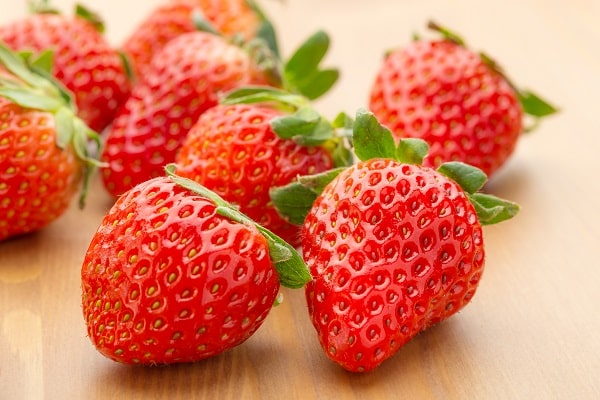
There are a few easy tricks if you’re looking to tell if strawberries are ripe without tasting them. One way is to squeeze the berry gently – if it gives slightly, then chances are it’s ripe and sweet. When selecting unripe strawberries in the store, avoid fruit that appears very soft or has any signs of mold or browning on the skin; these berries won’t ripen anymore.
You can also take note of the color – ripe strawberries should be deep red all-over with no blemishes or green coloration. Also, check for plumpness and firmness; berries tend to have an even glossy sheen when ripe.
Peaches
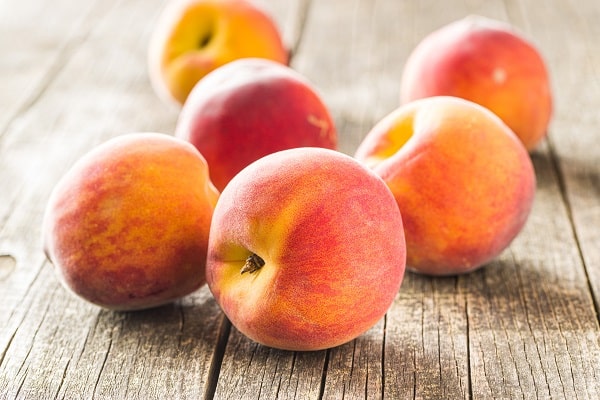
Knowing how to tell if peaches are ripe is essential for maximum enjoyment. When selecting a ripe peach, choose one with a bit of give to its skin; gentle pressure with the fingers will indicate its ripeness. The skin should be slightly fuzzy and a healthy shade of golden yellow.
The smell of a ripe peach also indicates its excellence – a sweet, fragrant, and alluring aroma. Taking these cues into account will ensure you find the perfect peach! Avoid under-ripe or over-ripe peaches, which are either hard to the touch or mushy, respectively.
Figs
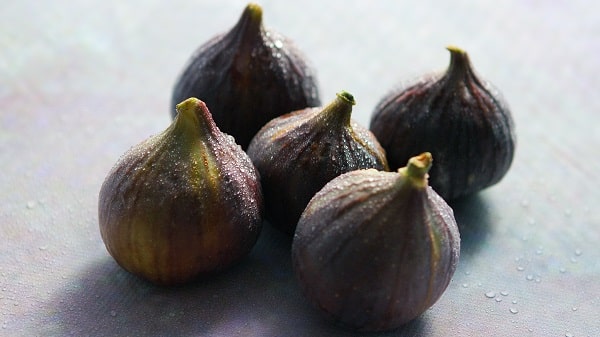
Knowing if figs are ripe is important for getting the most out of these sweet fruits. The length of maturity time for a fig depends on the climate and variety, so be sure to research appropriate ripening times for your particular crop. To ensure that your figs are ripe, look for an even-colored skin with no punctures or splitting – depending on the variety, this could be light green or almost black.
Figs should be slightly soft when pressed but still, maintain their shape. If they have musty odors or fermented juices, they are past the peak ripeness and should not be consumed. These tips will help you select ripe figs ready to eat and provide maximum flavor and nutrition in your dishes.
Cherries
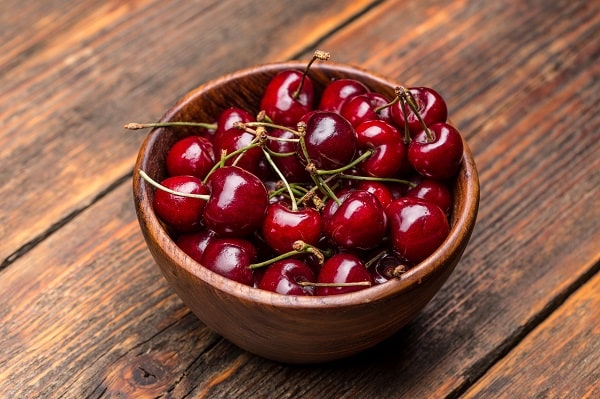
Selecting a ripe cherry can be tricky for a first-time picker. Although it is sometimes difficult to determine at a glance, there are a few telltale signs you can use when picking out these delicious treats. When ripe, cherries have a consistent, deep, and glossy color without spots or wrinkles, and the stem should be green and fresh looking.
The fruit should also be plump and firm to the touch. They shouldn’t feel mushy or soft if you give them a gentle squeeze. Another sign of ripeness is the aroma; they should smell like cherries! So next time you’re at the grocery store or enjoying some summertime cherry picking, ensure you know how to pick these succulent fruits at their prime!
Pineapple

Knowing when a Pineapple is ripe can be tricky – too soon, underripe, too late, and overripe. Of course, you could always judge by its color – yellow or golden brown instead of bright green, but that isn’t always the case. To pick the perfect Pineapple, give it a sniff! If you catch a sweet aroma from the crown, the fruit is ripe.
Pressing your thumb into the scratch of the central crown should cause an indentation, as this indicates how much sugar is inside, which again mirrors freshness. Lastly, don’t be afraid to pull near the top gently – if it loosens quite easily with no resistance, you’re on to a winner!
Watermelon
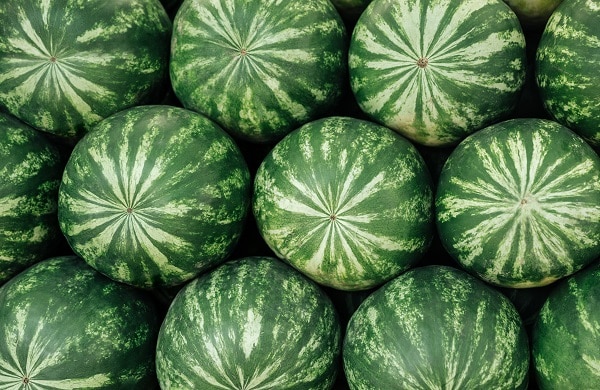
A ripe watermelon can be hard to detect at a glance; however, there are a few foolproof indicators. Look for the rind of the melon – it should have an even green hue and should not appear white or yellow anywhere. Additionally, it should also look dull rather than shiny. Gently thump the melon with your palm; a ripe watermelon will produce a deep, hollow sound, while a lack of reverberation may indicate signs of unripeness.
If you can find one with the stem still attached, that’s also a good indicator! The stem end of the melon will feel firm and dry when touched, ensuring you have found an effectively ripened fruit.
Mango
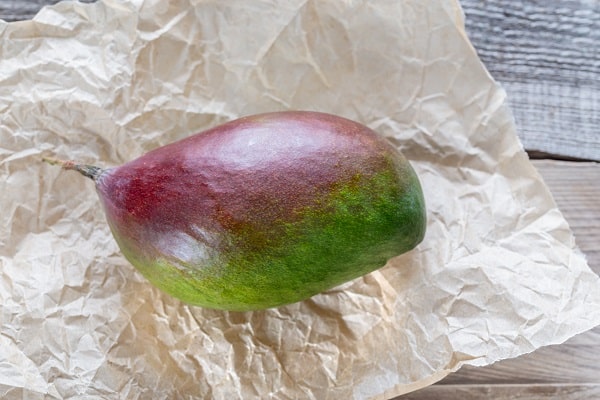
Although it can often be difficult to determine whether a mango is ripe, there are a few ways to ensure you’re picking out the perfect fruit. To start, look for a fruit that has changed color from green to yellow-orange, a good indicator of ripeness. Additionally, if the mango yields slightly when pressed with your thumb, you know it’s ready for picking.
An important factor to consider is the smell – the mango aroma is sweet and fragrant, you should purchase it. With these tips in mind, finding a ripe mango in no time should be fairly easy!
Know When Your Fruit Is Ripe With These Tips!
In conclusion, knowing how to pick fruit that is ripe and ready to eat doesn’t have to be difficult. With a few simple tips, you can quickly identify when your fruits are at the peak of flavor and nutrition. So next time you’re out grocery shopping or picking some summertime treats, remember these guidelines for selecting ripe fruits and make sure you get the most out of each bite! Enjoy!
